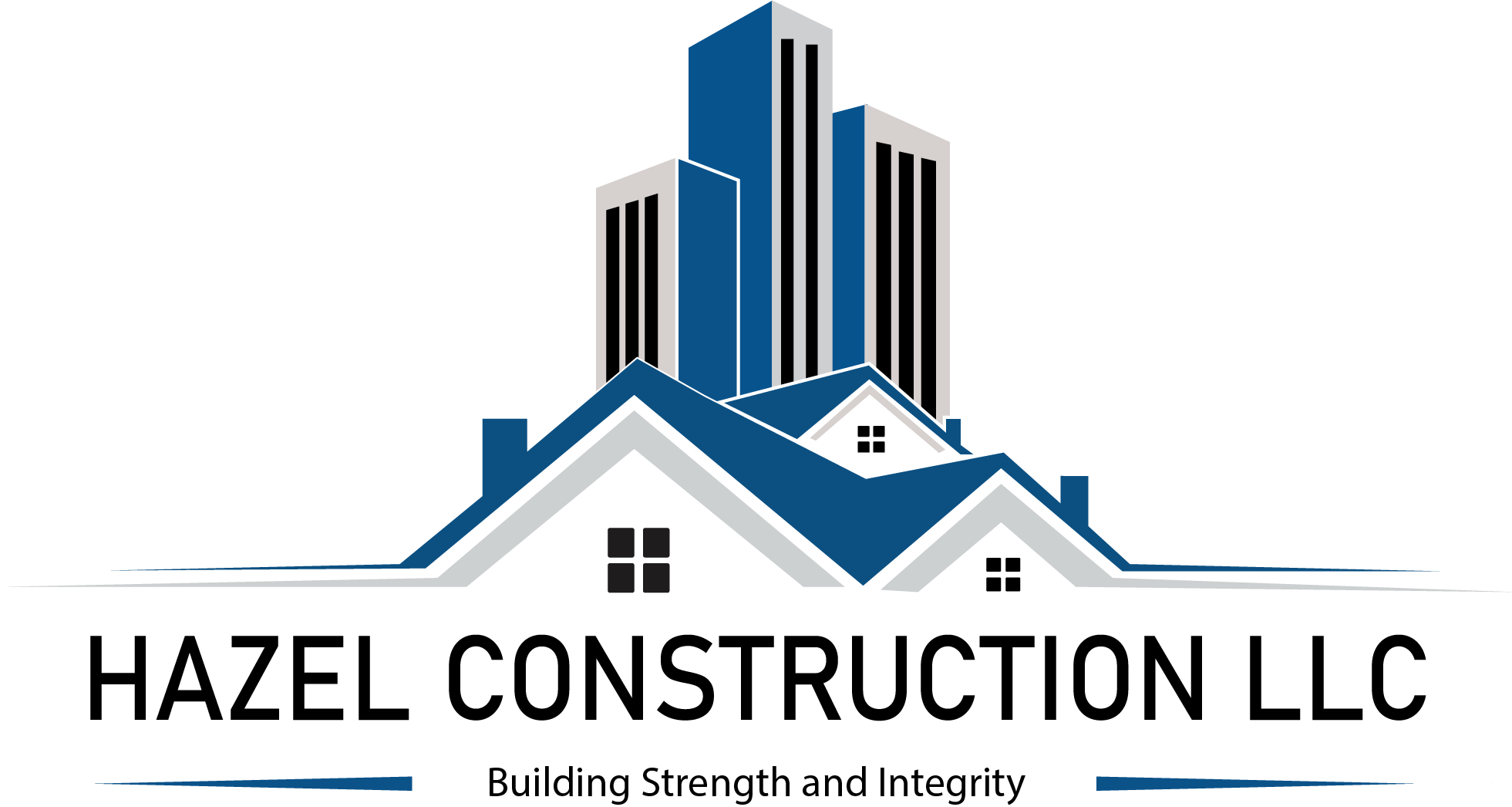A stable foundation is essential for the integrity of any building. Over time, the foundation of your home or building may begin to shift or deteriorate due to various factors like soil movement, water damage, or settling. When these issues arise, foundation repair is necessary to maintain the safety and structural integrity of your property. But with several different methods of foundation repair available, how do you know which one is the best for your needs? In this article, we’ll explore the different methods of foundation repair, helping you make an informed decision on how to fix your foundation problems.
Understanding the Importance of Foundation Repair
Your foundation is the backbone of your home or building. It supports the weight of the structure and keeps everything level. Without proper care, foundation problems can lead to significant damage throughout your home, including cracks in walls, uneven floors, and doors or windows that no longer close properly. If you notice any signs of foundation issues, it’s crucial to address them early to prevent further damage and costly repairs down the line.
Common Signs That Your Foundation Needs Repair
Before diving into the methods of foundation repair, it’s important to recognize the signs that indicate your foundation might need attention. These signs include:
- Cracks in walls or floors
- Uneven floors
- Doors or windows that don’t close properly
- Gaps around window or door frames
- Sloping or sinking floors
- Bowing or leaning walls
If you notice any of these signs, it may be time to consult a foundation repair professional to assess the situation.
Types of Foundation Repair Methods
There are various methods for repairing a foundation, and each one is suitable for different types of issues. The right method for your home depends on the severity of the problem and the specific type of foundation you have. Let’s take a closer look at the most common foundation repair methods:
1. Piering or Piling
Piering, also known as piling, is a popular method for repairing foundation issues caused by soil settling or shifting. This process involves driving steel or concrete piers deep into the ground to reach stable soil or bedrock. These piers are then used to lift and stabilize the foundation, ensuring it returns to its original level.
Piering is a highly effective method for foundation repair, especially for homes with serious settling problems. It can address both vertical and horizontal foundation movement, making it one of the most versatile solutions for foundation issues.
2. Slabjacking (Mudjacking)
Slabjacking, also known as mudjacking, is a less invasive method of foundation repair typically used for concrete slab foundations. During this process, a grout mixture is pumped under the foundation to lift and stabilize the slab. The grout fills voids and levels the foundation, correcting any unevenness caused by soil settlement.
Slabjacking is a cost-effective solution for minor foundation issues, particularly for homes with sinking or uneven concrete floors. However, it’s not always suitable for more severe foundation problems that require more robust solutions like piering.
3. Foundation Wall Repair
If your foundation has bowing or leaning walls, foundation wall repair might be necessary. This method involves the installation of wall anchors, which are placed inside the basement or crawl space and anchored into the soil outside. These anchors stabilize the walls and prevent further movement. In some cases, carbon fiber strips may also be used to reinforce the foundation walls.
Foundation wall repair is ideal for addressing issues like bowing or leaning walls caused by external pressure from the soil around the foundation. This method helps restore the structural integrity of your home and prevent further damage.
4. Crawl Space Encapsulation
For homes with crawl spaces, encapsulation is a popular method for improving foundation stability and preventing moisture problems. Crawl space encapsulation involves sealing the crawl space with a vapor barrier, insulating the space, and controlling humidity. This helps prevent mold growth, wood rot, and damage to the foundation caused by excessive moisture.
While encapsulation doesn’t directly address foundation settlement issues, it’s an important step in maintaining the overall health of your foundation, especially in areas prone to moisture.
5. Foundation Underpinning
Foundation underpinning is a technique used to strengthen and stabilize a foundation by deepening or widening its base. This method involves excavating the soil beneath the foundation and adding additional support through the installation of new footings or piers.
Underpinning is typically used when the existing foundation is inadequate to support the weight of the structure or when the soil beneath it is unstable. It’s an effective solution for buildings experiencing significant foundation movement or sinking.
6. Helical Piers
Helical piers are similar to traditional piers, but they are screwed into the ground rather than driven in. This method is often used in areas with softer or more unstable soil. Helical piers are installed around the perimeter of the foundation and can be used to lift and stabilize the structure.
Helical piers are ideal for situations where traditional piering methods may not be suitable, such as in areas with limited access or where the soil conditions make it difficult to drive conventional piers into the ground.
Choosing the Right Foundation Repair Method for Your Home
The best foundation repair method for your home depends on several factors, including the type of foundation you have, the severity of the problem, and your budget. It’s essential to consult with a professional foundation repair contractor to assess your situation and recommend the most effective solution. They will consider factors like soil conditions, foundation type, and the extent of the damage to determine the best approach for your home.
Conclusion
When it comes to foundation repair, there is no one-size-fits-all solution. The right method for your home depends on the specific type of foundation issues you are facing. Whether it’s piering, slabjacking, wall repair, or underpinning, it’s crucial to work with a professional contractor to determine the best approach for your needs. Addressing foundation problems early can prevent further damage and preserve the safety and value of your property. Make sure to consult with an expert to get a tailored solution that ensures the longevity and stability of your foundation.
FAQs
1. How much does foundation repair cost?
The cost of foundation repair varies depending on the severity of the problem and the method used. On average, foundation repairs can range from a few thousand dollars to over $10,000. It’s essential to get a quote from a foundation repair specialist to understand the cost for your specific situation.
2. How long does foundation repair take?
The duration of foundation repair depends on the method used and the extent of the damage. Minor repairs may take only a few days, while more complex repairs like piering or underpinning can take several weeks. A professional contractor can provide a timeline based on your specific needs.
3. Can I repair my foundation myself?
Foundation repair is a complex and potentially dangerous task that requires specialized knowledge and equipment. While some minor issues can be addressed with DIY solutions, it’s highly recommended to hire a professional for any significant foundation repairs to ensure safety and proper results.
4. How do I know if my foundation problem is serious?
If you notice signs like large cracks in your walls, uneven floors, or doors and windows that no longer close properly, it’s essential to have a professional assess your foundation. These could be indications of a serious foundation issue that requires immediate attention.
5. Will foundation repair add value to my home?
Yes, addressing foundation issues can increase the value of your home by restoring its structural integrity. A repaired foundation is an attractive feature for potential buyers, as it ensures the long-term stability of the property.

